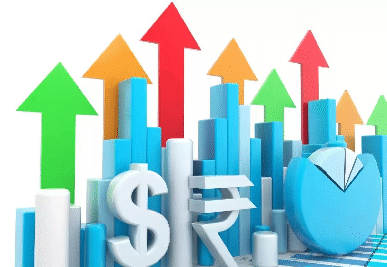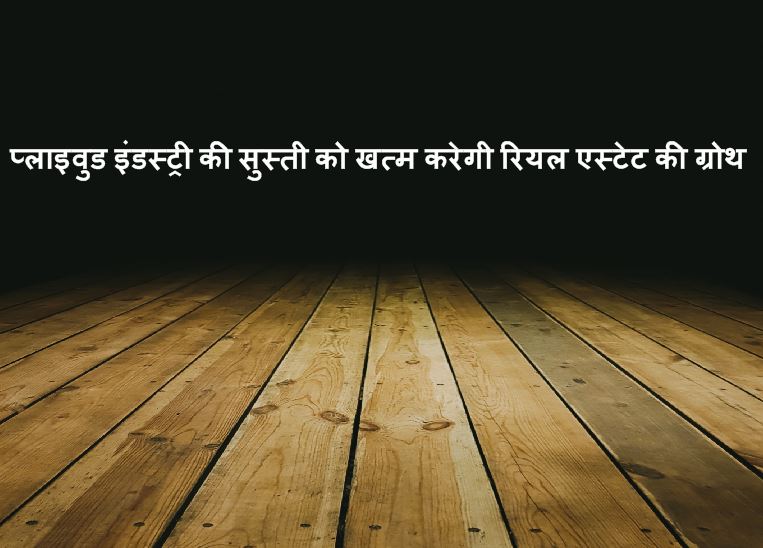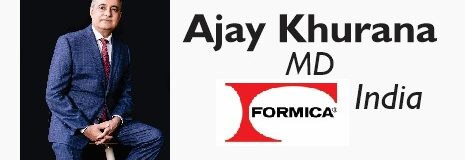
India can tide over worst recession
- June 3, 2020
- 0
India can tide over worst recession
The Indian economy may shrink five per cent in the current fiscal, and may barely recover the loss next year by growing five per cent, said Montek Singh Ahluwalia, former deputy chairman of the Planning Commission. However, the crisis doesn’t give the government the freedom to pursue policies with no fiscal targets in mind, or tell the Reserve Bank of India (RBI) to print more money, former central bank governor D Subbarao said.
This is the worst recession India has ever seen, Ahluwalia said. A contraction now and an expansion by an equal margin next year is basically gaining back the same demand and investment needs of 2019 in 2021. Here, the usual rule of thumb approach doesn’t work and the country will need to think beyond the textbook solutions, according to Ahluwalia.
Concurring with him, Subbarao said economy will actually dip by 10 per cent. That kind of depression is very difficult to handle even for a rich country. But India’s external sector remains very stable. Oil prices have crashed, so the fall in exports would get balanced with a fall in imports. The Indian rupee has depreciated, but in relative terms, it is still stronger than many others. India also has a bumper crop this year, which will take care of food security.
Where they differed though, is the extent to which the government has taken fiscal measures.
While Subbarao saw the fiscal response as adequate for now given the fiscal constraints, Ahluwalia sees space for providing another 1 per cent of the gross domestic product as a direct stimulus, particularly focused on health.
“The stimulus is actually quite small,” Ahluwalia said. There is already a debate whether credit availability will necessarily mean credit of-take and growth. India is considering opening up when the cases are not going down, rather Covid-19 cases are going up. “Businesses are not going to ramp up their production till they don’t have clarity on what the government does,” Ahluwalia said, adding the government must come clear if they utilised the lockdown to improve health care facility and by how much.
Even before the Covid crisis, the conditions of India’s financial system was quite worrisome. There were huge non-performing assets, and after the crisis, analysts are talking of the NPAs to double from 9 per cent to 18 per cent, Subbarao said, even as he expected that after the asset quality review (AQR) done by the RBI, the rise in NPA won’t be so high. But all the parameters would get worse. The economic packages announced by the government was done to ensure survival, but once the lockdown opens up, Subbarao expects more stimulus measures.
Subbarao saw the measures as adequate. He said, “Within the constraints of the government, I think they have done a reasonable job.”
मंदी के भंवर से निकल सकता है भारत
योजना आयोग के पूव्र उपाध्यक्ष मोटेक सिंह आहलूवालिया का कहना है कि भारत की अर्थव्यवस्था चालू वित्त वर्श में 5 प्रतिशत सिकुड़ सकती है, लेकिन अगले साल 5 प्रतिशत वृद्धि के साथ स्थिति सुधर सकती है। वहीं रिजर्व बैंक के पूर्व गवर्नर डी सुब्बाराव ने कहा कि यह संकट बगैर किसी राजकोशीय लक्ष्य के सरकार को नीतियों के साथ छेड़छाड़ करने या रिजर्व बैंक से ज्यादा रुपये छापने को कहने की अनुमति नहीं देता है।
आहलूवालिया ने कहा कि भारत अब तक की सबसे बड़े मंदी के दौर से गुजर रहा है। आहलूवालिया का कहना है कि अभी जितना संकुचन हो रहा है, अगले साल उतना ही प्रसार हो सकता है। आहलूवालिया ने कहा कि ऐसी स्थिति में सामान्य नियम काम नहीं करते और देश को किताबी समाधान से अगले सोचने की जरूरत है।
आहलूवालिया से सहमति जताते हुए सुब्बाराव ने कहा कि अर्थव्यवस्था वास्तव में 10 प्रतिशत नीचे जाएगी। इस तरह की मंदी से निपटना अमीर देशों के लिए भी मुश्किल है। लेकिन भारत का बाहरी क्षेत्र अभी भी स्थिर बना हुआ है। तेल की कीमतें बहुत नीचे हैं, ऐसे में निर्यात में आई कमी का संतुलन आयात में गिरावट से हो सकता है। भारतीय रुपये का अवमूल्यन हुआ है, लेकिन तुलनात्मक हिसाब से अभी भी कई देशों की तुलना में यह मजबूत है। इस साल भारत में फसल की बंपर पैदावार की उम्मीद है, जिससे खाद्य सुरक्षा को सहारा मिलेगा।
सुब्बाराव ने कहा कि मौजूदा राजकोशीय बाधाओं के बीच राजकोशीय प्रतिक्रिया पर्याप्त है। वहीं आहलूवालिया का कहना है कि सीधे प्रोत्साहन खासकर स्वास्थ्य पर सकल घरेलू उत्पाद का 1 प्रतिशत और दिए जाने की जरूरत है।
आहलूवालिया ने कहा, ‘दरअसल प्रोत्साहन पैकेज थोड़ा छोटा है।’ उन्होंने कहा, ‘उत्पादन में तेजी आने की संभावना नहीं है क्योंकि कारोबारियों को अभी पता नहीं है कि सरकार क्या करना चाहती है।’ आहलूवालिया ने कहा कि सरकार को स्थिति साफ करना चाहिए कि क्या लाॅकडाउन के दौरान स्वास्थ्य देखभाल सुविधाओं में कोई सुधार किया गया है और ऐसा है तो कितना सुधार हुआ है।
कोविड संकट के पहले भी भारत की वित्तीय व्यवस्था चिंताजनक थी। इसके पहले बड़ी मात्रा में गैर निश्पादित संपत्तिया थीं और विश्लेशकों का कहना है कि एनपीए 9 प्रतिशत से बढ़कर 18 प्रतिशत हो जाएगा। सुब्बाराव ने कहा कि भारतीय रिजर्व बैंक द्वारा की गई संपत्ति गुणवत्ता समीक्षा के बाद उम्मीद जताई जा रही है कि एनपीए बहुत ज्यादा नहीं बढ़ेगा। लेकिन सभी मानकों पर स्थिति खराब नजर आ रही है। सरकार द्वारा घोशित किए गए पैकेज से बचे रहना सुनिश्चित हुआ है, लेकिन एक बार लाॅकडाउन खुलता है तो सुब्बाराव का मानना है कि कई प्रोत्साहन पैकेज की जरूरत होगी।
सुब्बाराव का कहना है कि सरकार की ओर से उठाए गए कदम पर्याप्त हैं। ‘मुझे लगता है कि सरकार के सामने बाधाएं हैं, लेकिन उन्होंने तर्कसंगत काम किया है।’




























































